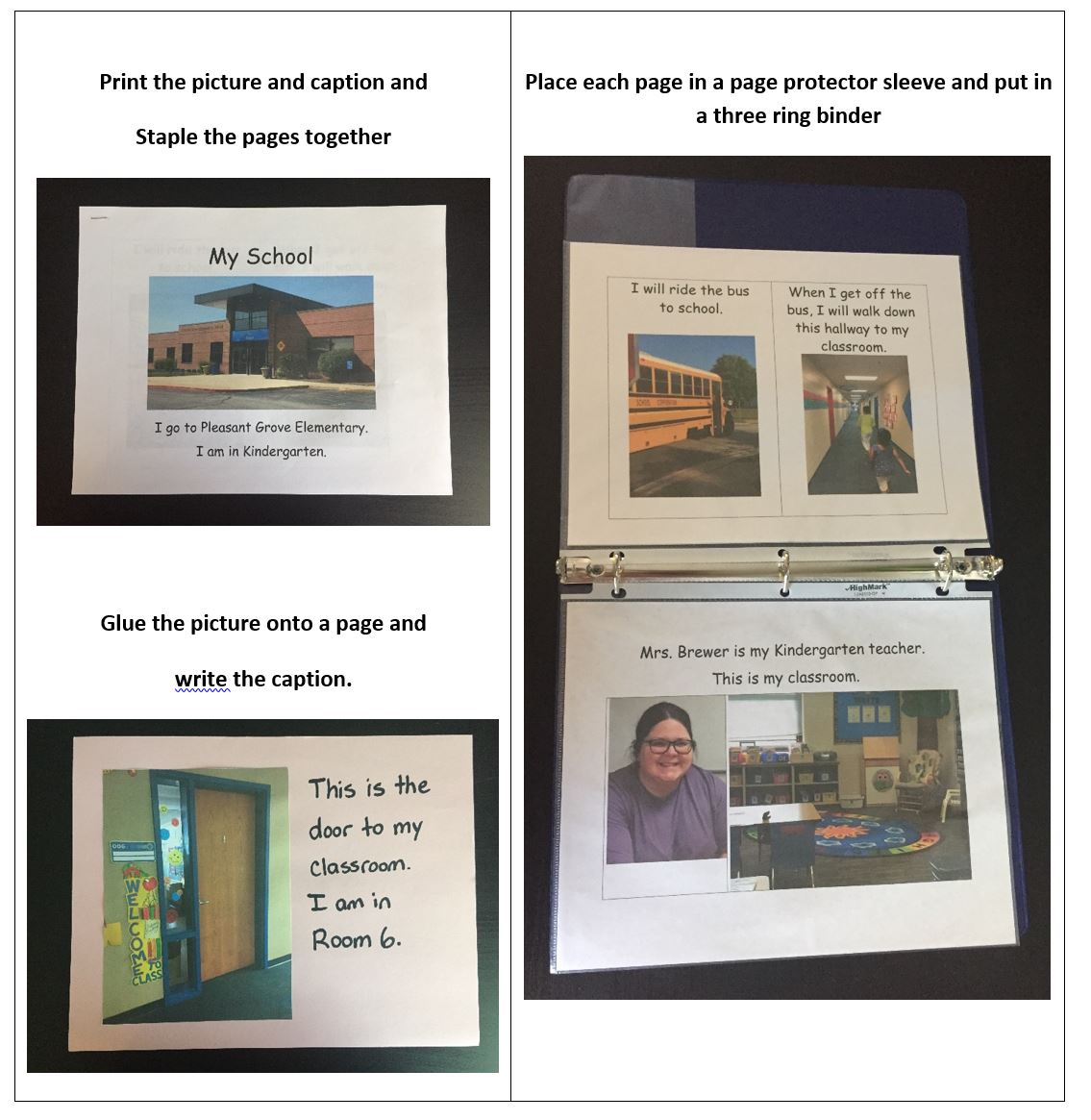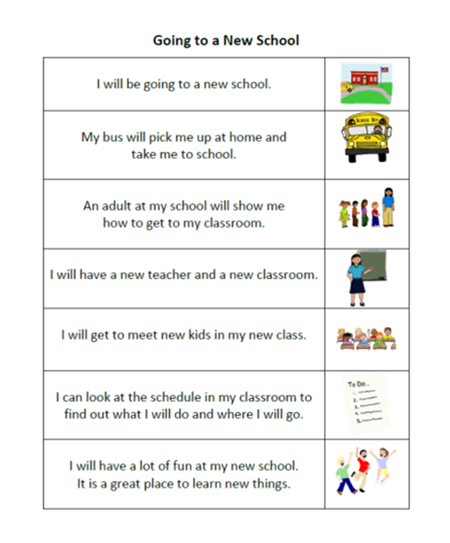If you have been to Target, Wal-Mart or any large retail store lately, you will notice that the grills, pool supplies, and flip-flops have been replaced with backpacks, notebooks, and pencils. A new school year is fast approaching, and students throughout the country will make the transition to a new school year or a new grade. Starting a new school year can be anxiety producing for any student or parent, but for individuals on the autism spectrum, the anxiety can be more severe. Parents will worry about how their child will do both academically and socially. Students will worry about facing a new teacher, making friends, and just being able to navigate through the building and the school day.
Students with autism spectrum disorder (ASD) usually share characteristics that make the transition to new classes or new schools difficult, not only for the student, but also for the parents and the teachers. The desire to maintain sameness in the environment and follow routines, difficulty in understanding verbal instructions, literal thinking, reduced flexibility, and social difficulties, such as noticing social cues, can turn the easiest of transitions into a nightmare..
Whether your child is going into a general education or special education classroom, one of the best tools you can take with you when you visit your child’s school is your camera, iPad, or other device. Using various visual supports can reduce your student’s anxiety, by providing him/her with the much-needed information on the school environment and routines.
Take pictures of everything that may be a part of your child’s school day:
Make a “flip book” with titles, and brief explanations of the picture or location.
Create a social narrative about your child’s day. Here is an example of a social narrative written for a student going to a new school.

In addition, you can insert the pictures into a PowerPoint slide show and add audio, so your student can watch and listen or read the story repeatedly as the beginning of the school year grows closer and closer. If your student is older, they may want to create their own PowerPoint slide show.
Request a map of your child’s school. It can be especially helpful for older students to look at a map of the school to get a sense of the layout of the building. Students who will be changing classes can locate their classrooms on the map and plan the best route to take between classes. It is also good to locate the restrooms, lockers, nurse’s office, and other important locations.
You can use an iPad, or other device that can produce video, to do a walk-through of the school, videotaping all the areas your student will encounter during his/her school day. Many children with ASD prefer to watch videos. Using the evidence-based practice of video modeling and video self-modeling, you can reduce your student’s anxiety by giving him/her the opportunity to repeatedly view video of navigating through the building and, therefore, increase his/her confidence in knowing what to expect and do on the first day of the school year.
Regardless of the format, you will want to review the pictures and talk to the child about his or her new class or school and all the new places and faces he/she will see. The important key is the more your child looks at the pictures or video, the more comfortable he/she will be when school starts.
Gaffney, A. & Lofland, K. (2019) How to get your child with asd ready for a new school year. Retrieved from How to get your child with asd ready for a new school year.

